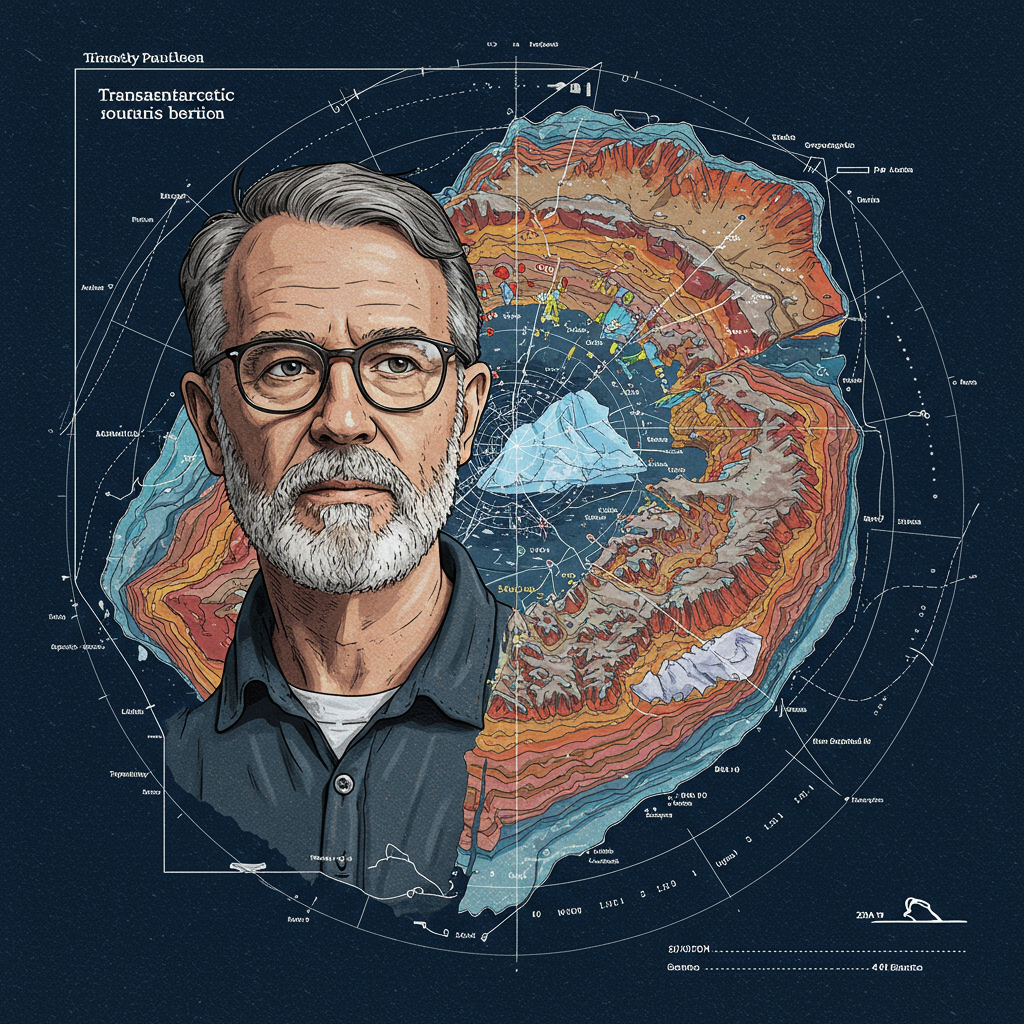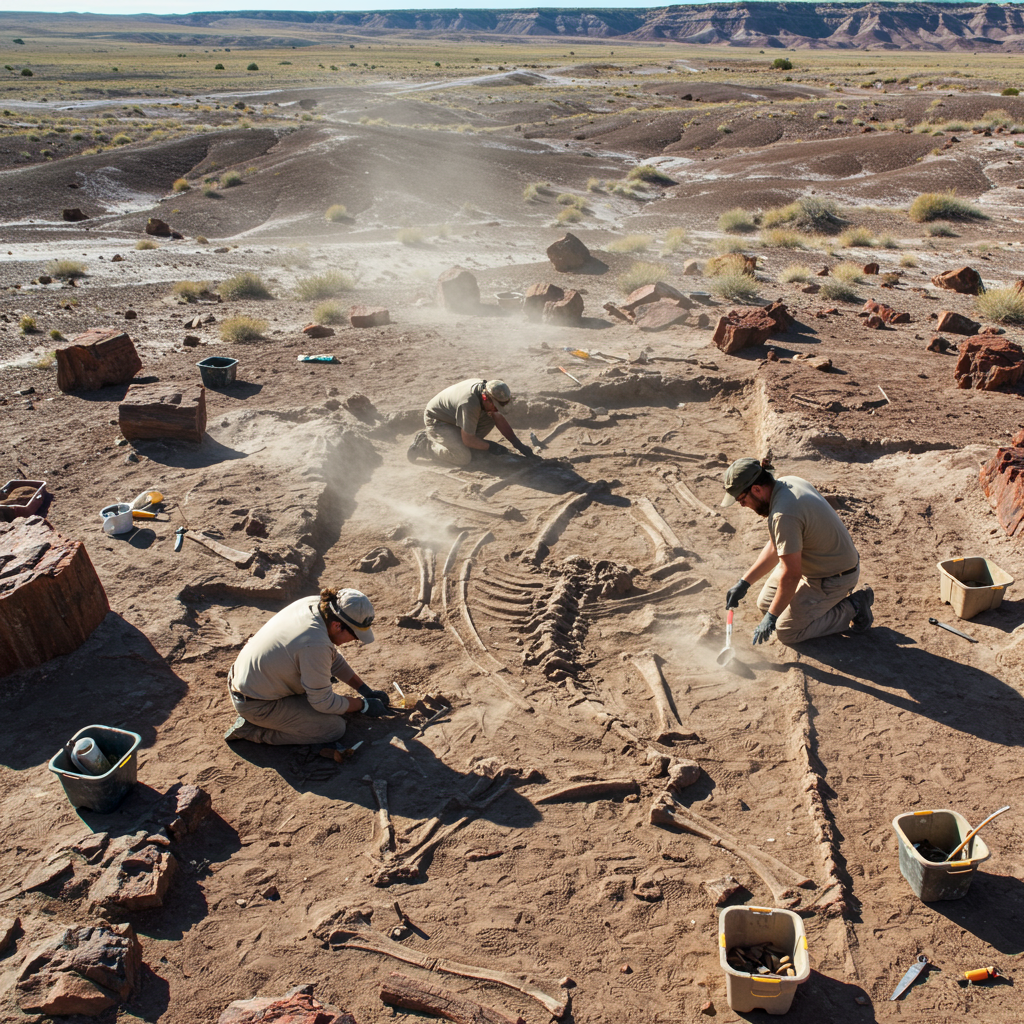Scientists have unveiled a dramatic new understanding of Antarctica’s ancient geological past, hidden beneath miles of ice along a vast mountain range. A new study reveals that the bedrock of the Transantarctic Mountains has a history far “more dynamic… than previously recognized,” potentially influencing the evolution of the continent’s massive ice sheets and even global climate over vast geological timescales.
The research, led by geologists Timothy Paulsen from the University of Wisconsin, Oshkosh, and Jeff Benowitz from the University of Colorado, Boulder, focused on the Transantarctic Mountains. This is a colossal mountain range, stretching approximately 3,500 kilometers (over 2,100 miles) across the interior of the continent, with peaks soaring over 4,500 meters (2.8 miles). Discovered in the early 20th century, much of this range remains buried beneath the ice. Understanding the formation and history of this underlying bedrock is crucial because it forms the foundation upon which the Antarctic ice sheets rest, potentially influencing their behavior.
The study investigated periods of “exhumation” – a geological process where deeply buried rocks are brought closer to the surface – and their possible connection to past glacial cycles spanning the Paleozoic and Cenozoic eras. To achieve this, the research team analyzed an extensive collection of igneous rocks from the Transantarctic Mountains.
The analysis yielded compelling evidence of significant past geological activity. According to the researchers, the findings indicate that the “basement rocks” experienced “several punctuated mountain-building and erosion events.” These dramatic events were powerful enough to create geological surfaces where ancient rock layers are now absent.
Crucially, the study highlights a fascinating link between these dynamic geological events and major plate tectonic changes that occurred along the margins of the Antarctic continent. This connection suggests that the deep forces driving plate movements played a direct role in shaping the surface landscape of Antarctica over millions of years.
The authors conclude that this newly illuminated, older geological history likely profoundly shaped the patterns of the modern Antarctic landscape. This foundational topography, in turn, played a significant role in influencing the cycles of glacial advance and retreat over geological timescales. Furthermore, the complex interaction between the bedrock history and ice sheet dynamics may have even contributed to broader “evolutionary steps in Earth’s global ocean-atmosphere system,” hinting at wider climatic implications.
While the study reveals a more complex and dynamic past than previously thought, the researchers emphasize that further investigation is needed to fully grasp the intricate relationship between the continent’s dynamic geological history, its vast ice sheets, and the Earth’s global climate system. The findings provide crucial evidence that the bedrock landscape underlying Antarctica, often unseen beneath the ice, holds vital clues not only to the history of the ice sheets themselves but also to understanding past and potentially future climate states.




